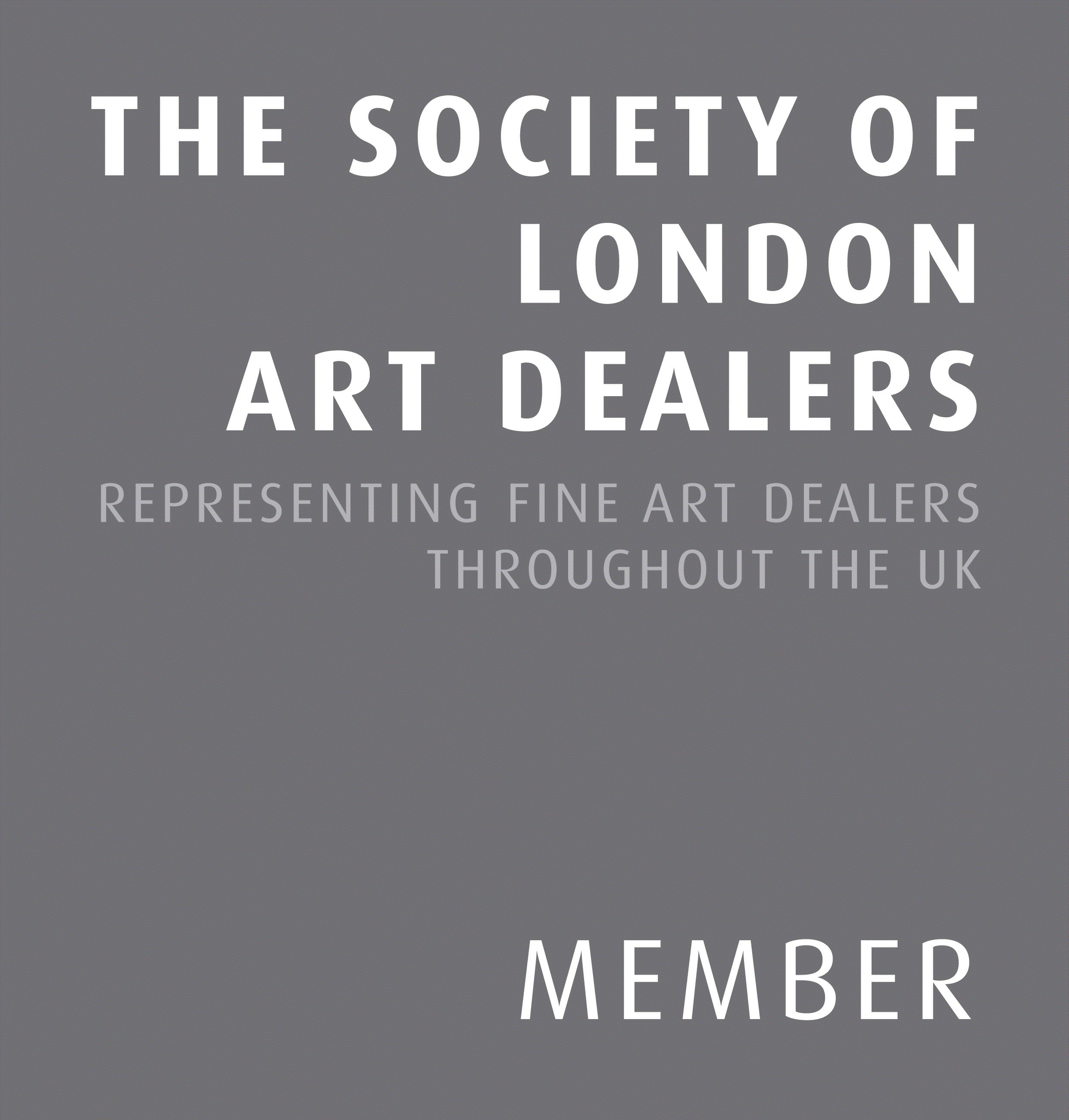Bernard Meadows was born in Norwich and briefly trained as an accountant before attending Norwich School of Art. In 1936, after being introduced by a friend, Meadows became Henry Moore’s first studio assistant in Kent. The two became close friends and Meadows would once again assist Moore in his studio in Hampstead, London, the following year.
During this time, Meadows also studied at the Royal College of Art and at the Courtauld Institute of Art. Meadows participated in the first Surrealist exhibition in London in 1936; the outbreak of World War II would prevent him from exhibiting again until 1951. Having initially registered as a conscientious objector, the Nazi invasion of the USSR in 1941 led him to withdraw his objection and he was subsequently called to serve in the Royal Air Force. Stationed in the Cocos Islands in the Indian Ocean, he became fascinated by the large variety of crabs he encountered. These animals would serve as long-term inspiration for the artist.
Upon returning home after the war, Meadows returned to Moore’s studio and assisted with his marble sculpture Three Standing Figures, 1947, and his large bronze, Family Group. In his own practice, Meadows sculpted crabs, birds and other wildlife; and for the first time in fifteen years his work was exhibited in public. An elm sculpture exhibited in Battersea Park alongside the 1951 Festival of Britain brought him great acclaim and this sculpture later joined the Tate's permanent collection.
The following year, Meadows represented Britain at the 1952 Venice Biennale as part of the new generation of British sculptors which included Robert Adams and Reg Butler among others. The critic Herbert Read dubbed the angular nature of this art as the ‘Geometry of Fear’, but it was to Meadows’ work which this phrase would best apply, aligning with the ‘ragged claws’ about which Read spoke. More so than his peers, Meadows’ sculptures of crabs and birds escaped Moore’s influence and communicated the mood of post-war trauma, anxiety and existentialism.
Meadows held his first solo show at Gimpel Fils in London in 1957, with four more solo shows over the next decade. He also exhibited at the São Paolo Biennale in 1957, at Documenta 2 in Kassel in 1959 and was invited by the British Council to exhibit again at the Venice Biennale in 1964.
During the 1960s, Meadows’ work took a new direction and his focus turned from the animal to the human, resulting in a series of armed busts. Despite this shift in subject matter, his interest in the duality of interior and exterior persisted; the influence of the crabs was ever-present in the armour worn by the figures. In 1960, Meadows became Professor of Sculpture at the Royal College of Art, where he had been teaching since 1948. He held this position for two decades, and his students included Robert Clatworth and Elisabeth Frink. In 1977, Meadows returned to assist Moore, whose health had begun to decline, in Hertfordshire. Following his former mentor’s death in 1986, he continued to help with Moore’s estate and became an acting director of the Henry Moore Foundation.
To mark Meadows’ 80th birthday in 1995, a retrospective exhibition dedicated to the artist was held at Yorkshire Sculpture Park. His work can today be found in collections held by the Tate in London, the Hepworth Wakefield and the National Galleries of Scotland.


